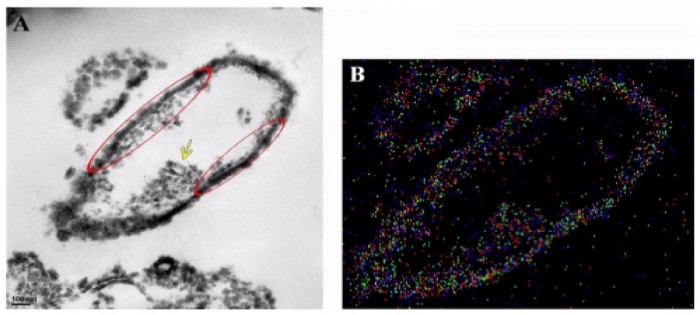“Influence of Iron Phases on Microbial U(VI) Reduction”
- Authors
S.Y. Lee, M.H. Baik, M. Lee, Y.B. Lee, Y. Lee
- Journal
Groundwater and soil Research(지하수토양환경)
Vol.16(6), pp.58-65, 2011.12 - DOI
Abstract
The bacterial uranium(VI) reduction and its resultant low solubility make this process an attractive option for removing U from groundwater. An impact of aqueous suspending iron phase, which is redox sensitive and ubiquitous in subsurface groundwater, on the U(VI) bioreduction by Shewanella putrefaciens CN32 was investigated. In our batch experiment, the U(VI) concentration (5×105 M) gradually decreased to a non-detectable level during the microbial respiration. However, when Fe(III) phase was suspended in solution, bioreduction of U(VI) was significantly suppressed due to a preferred reduction of Fe(III) instead of U(VI). This shows that the suspending amorphous Fe(III) phase can be a strong inhibitor to the U(VI) bioreduction. On the contrary, when iron was present as a soluble Fe(II) in the solution, the U(VI) removal was largely enhanced. The microbially-catalyzed U(VI) reduction resulted in an accumulation of solid-type U particles in and around the cells. Electron elemental investigations for the precipitates show that some background cations such as Ca and P were favorably coprecipitated with U. This implies that aqueous U tends to be stabilized by complexing with Ca or P ions, which easily diffuse and coprecipitate with U in and around the microbial cell.












